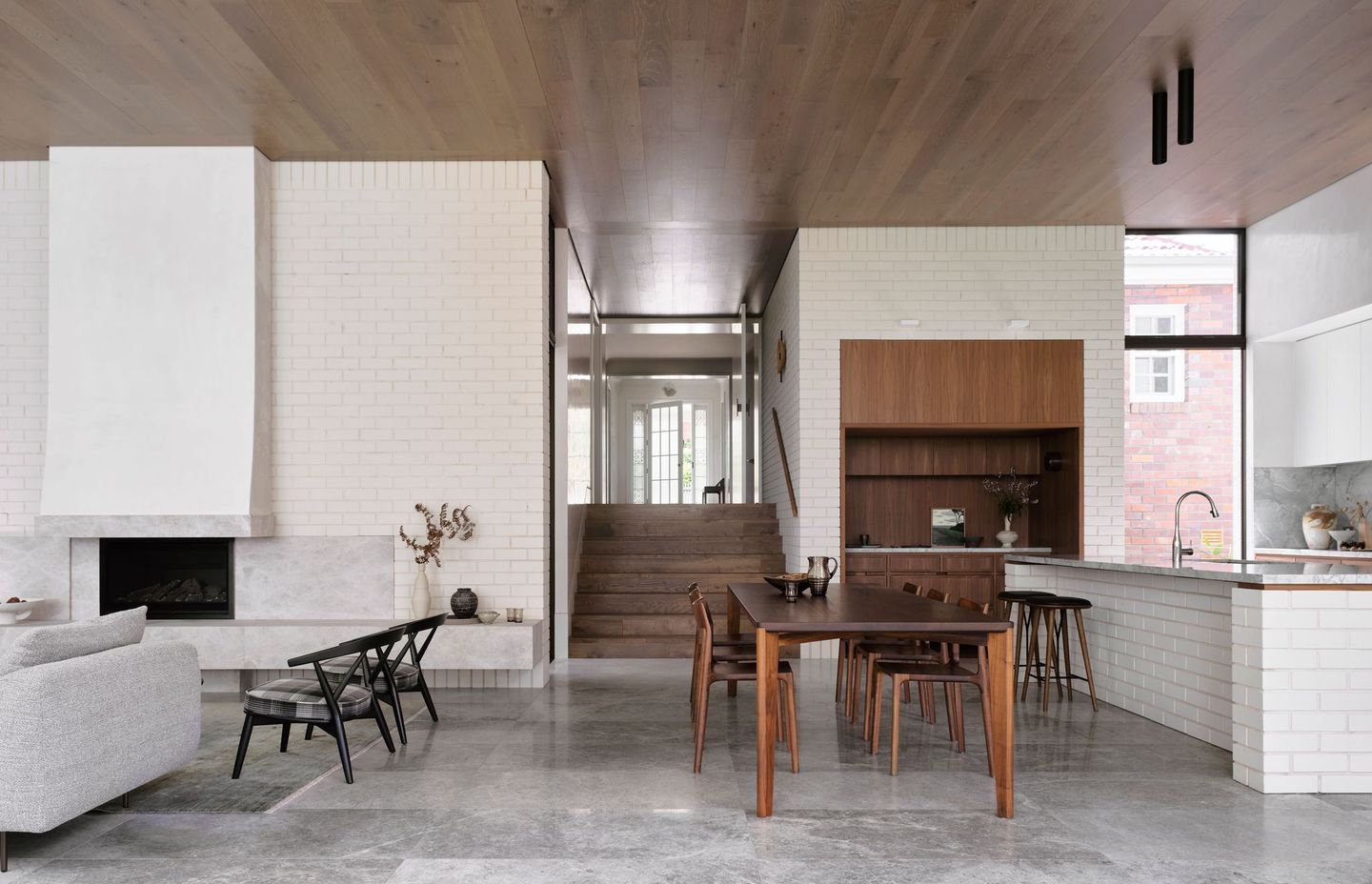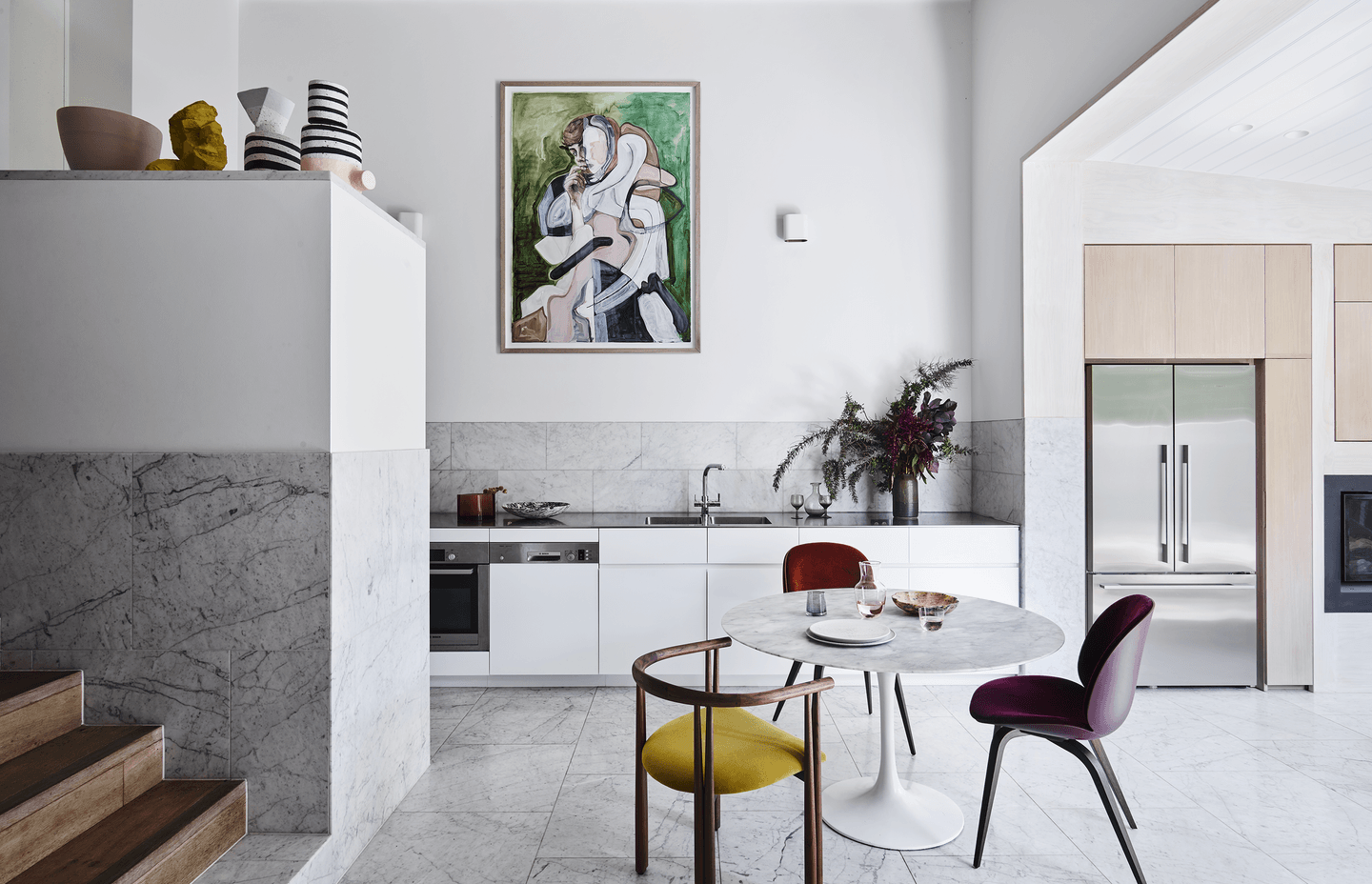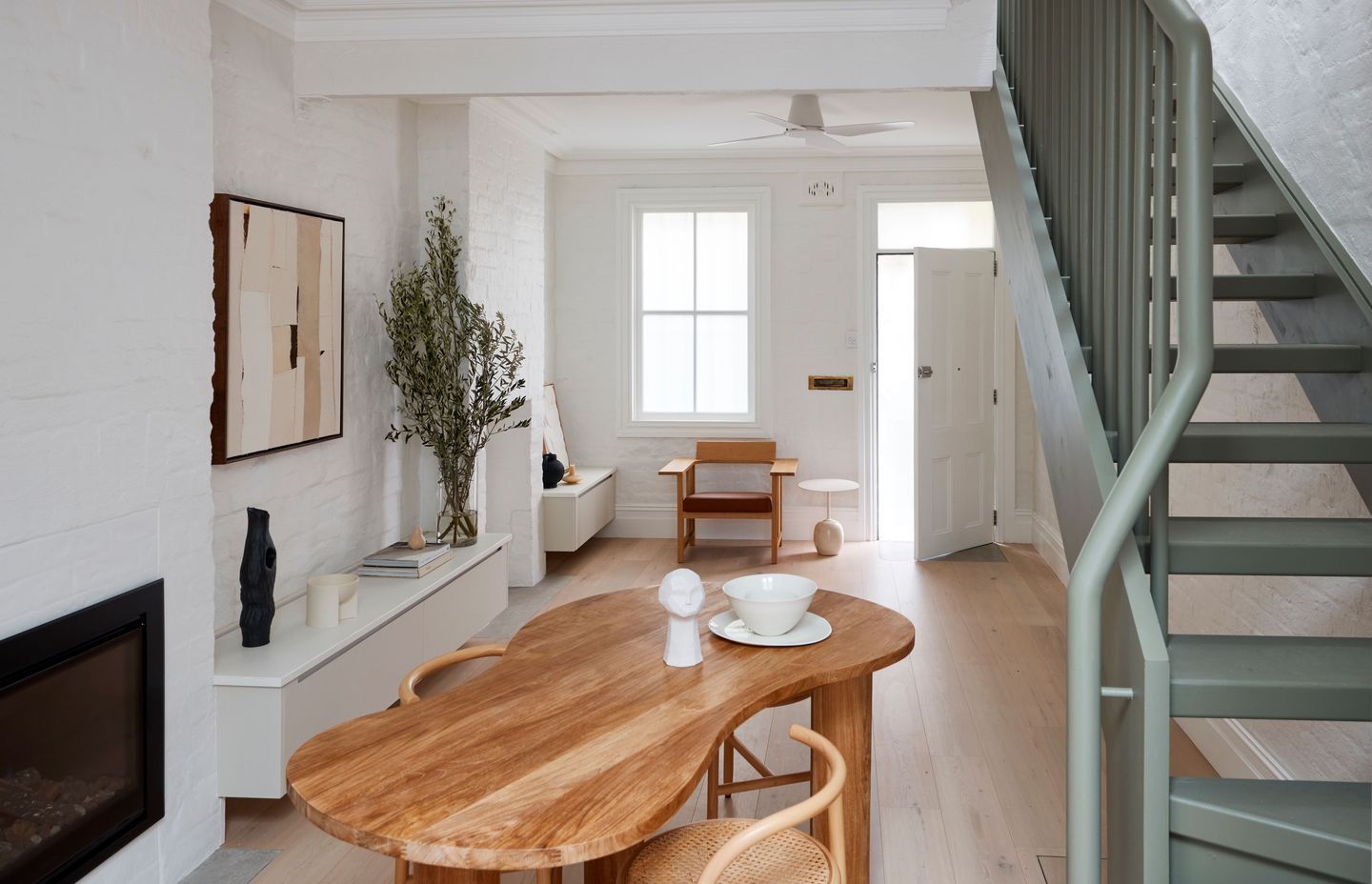How to apply Scandinavian interior design principles to Australian homes
Written by
07 December 2022
•
6 min read

Closely related to minimalism, yet not quite the same, Scandinavian interior design is a timeless style that places an emphasis on clean lines, practical accoutrements and simple furnishings. While Scandinavian-style spaces are often minimalist, they’re always warm and inviting with carefully chosen colours and an abundance of textures contributing to the cosy aesthetic.
What is Scandinavian interior design?
Thanks to a certain Swedish furniture retailer with a blue-and-yellow logo, the clean lines and simple silhouettes of Scandinavian design have become ubiquitous in homes around the world. But what exactly is Scandinavian interior design and when did it start? The Scandinavian interior design style emerged during the 1950s as part of a contemporary movement in Nordic design – spanning Sweden, Denmark, Finland, Norway and Iceland – that placed an emphasis on function and affordability rather than pretension and ostentation. Identifiable by its light colour palette, natural materials, streamlined silhouettes, and leggy furniture, the Scandinavian interior design style arose as a response to the locale’s short daylight hours and long winters, which necessitated optimistic yet practical interiors.
The Scandinavian interior design style has risen in popularity in Australia due to the country’s penchant for uncluttered, minimalist interiors, as well as for the style’s influence on the mid-century modern movement. Although our days are brighter and our summers longer than our Nordic friends, the light and airy aesthetic as well as the focus on functionality appeal to the Australian sensibility.
Read more: A lesson in mid-century modern design for the contemporary era
What are the main characteristics of Scandinavian interior design?
In addition to specific design cues, the Scandinavian interior design style incorporates certain overarching lifestyle principles.
Pronounced ‘hoo-gah’, the concept of hygge has been around since the 18th century but rose to mainstream prominence over the past decade. A Danish term, hygge was a response to the long, dark and harsh nature of Scandinavian winters, with the concept focusing on fostering relationships with those who matter, finding beauty in the here and now, and taking solace in comfort and cosiness. In interior design, this can translate to creating intimate – yet never overbearing – spaces laden with soft textures and tactile materials, displaying handcrafted objects and sentimental tokens, and embracing the flaws and imperfections in your furniture and decor.
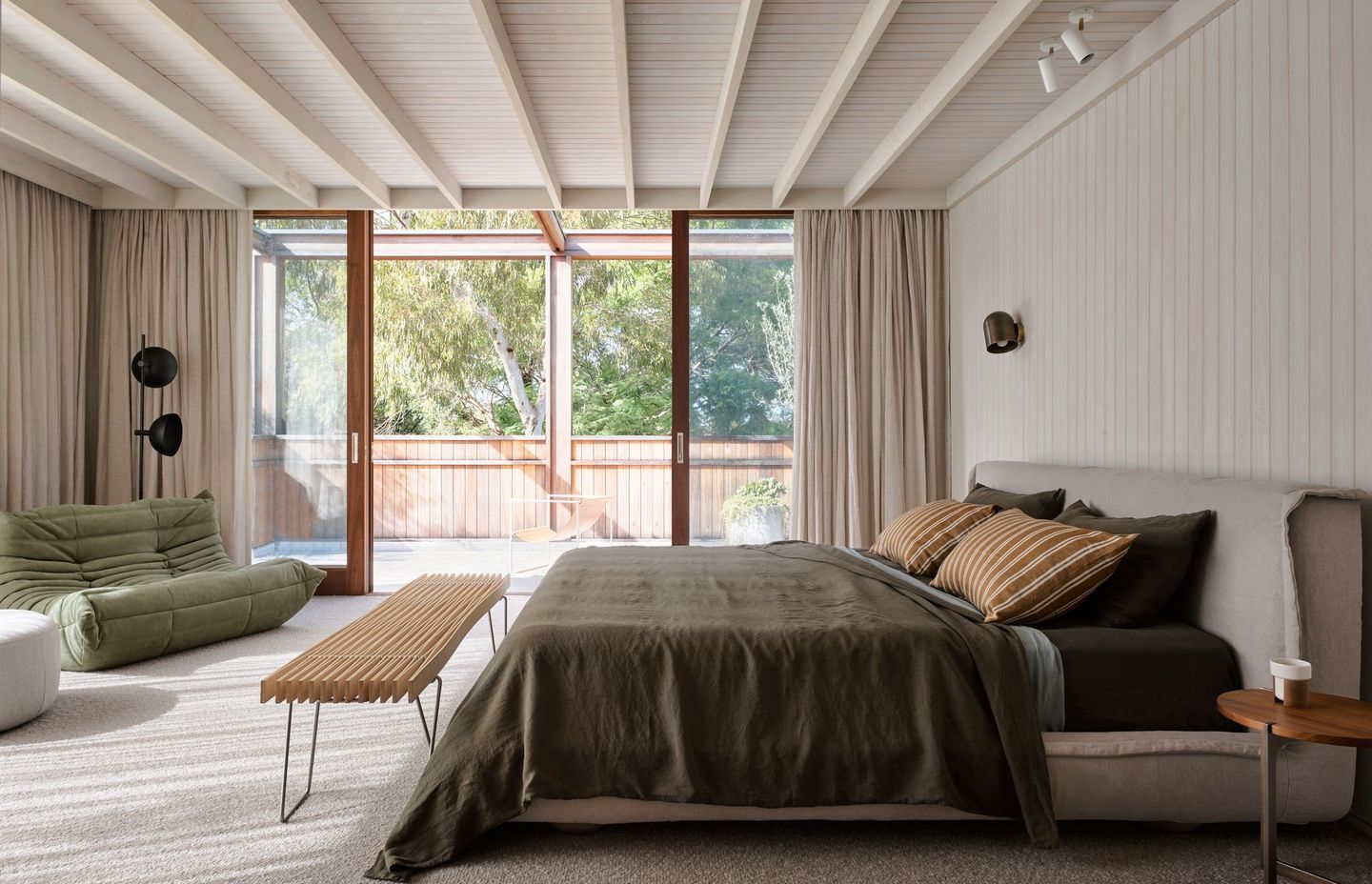
The Swedish word ‘lagom’ means just enough, translating to ‘not too much, not too little, the right amount’. Epitomising the functional nature and moderation that characterises the Scandinavian interior design style, lagom seeks to find balance. This principle can be adopted within the home by forgoing clutter and extraneous furniture and objects in favour of focusing on practicality and necessity with a hint of fun. Not quite utilitarian yet not over-the-top, a lagom home is – much like the littlest bear’s porridge Goldilocks enjoys – just right.
How to apply the Scandinavian interior design style to your home
Our summers may be longer and our winters milder, but there’s an enduring, global appeal to the Scandinavian interior design style. Here’s how to get the look in your own home.
Function comes first
Functionality is at the heart of Scandinavian design. Eschew fleeting trends and resist impulse purchases in favour of thoughtfully acquired pieces. Opting for simple, sturdy furniture that utilises classic design principles is key to selecting pieces that stand the test of time. Consider a mix of organic, nature-inspired, and even blobby shapes combined with traditional rectilinear silhouettes – these will work to balance each other out and create a space that looks oh so lagom, i.e. just right.
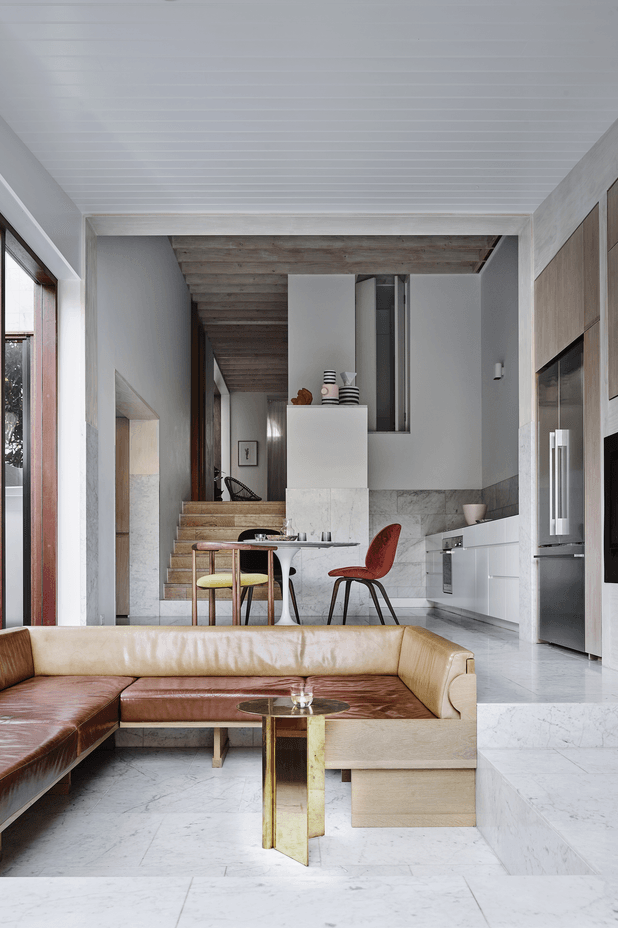
Colour theory
While Scandinavian homes often make use of a neutral colour palette as the base, bolder hues aren’t entirely banished. Clean, nature-inspired shades of deep blue, hunter green, moss, rust and ochre play well alongside soft whites and beiges. Alternatively, you can lean into the inherent warmth and softness of Scandi style with pastel shades of pink, baby blue and mint green.
Read more: Happiness starts at home: how the dopamine decor trend can help boost your mood
Let there be light
Natural light is a covetable commodity in Nordic countries, with Scandinavian homes designed to allow as much of it in as possible. Calm, light hues take centre stage while interesting window frames with minimal window treatments are often selected for their ability to play with light.
Storage as decor
Fusing form with function, Scandinavian homes often use storage pieces that double as stylish decor. Think free-standing clothing hangers, elegant bar carts and wall racks in the kitchen. If you’re more into covert storage, integrated options are the way to go. Consider benches, entertainment units or coffee tables with built-in storage space.
Warm and cosy textiles
A staple in any Scandinavian home, incorporating cosy textiles directly ties into the principle of hygge. Wool, mohair and cashmere blankets or throws in accent colours add interest and texture to the home. Other texture-laden options include kilim rugs, chunky woven knits, linen, jute, rattan and cotton.
Read more: These Japandi interiors combine the best of two design philosophies
Layer your bedding
Our Nordic counterparts undeniably have us beat when it comes to the bed layering game. Slightly messy and always welcoming, the chic Scandinavian layered bed aesthetic can be achieved through a combination of linen sheets in tonal shades, a curated collection of accent pillows (though not too many or you’ll risk looking stuffy and impractical), and an accent wool blanket to top it off. Classic colour combinations include cream and white, black and grey, mint and white, and ochre and rust. For the more colour adventurous, try combinations such as moss green and pastel pink, deep blue and mustard yellow, pink clay and terracotta, and rust and lavender.
Read more: Stop counting sheep: how to design a bedroom that promotes deep sleep

Add pops of colour
When brighter hues are used in Scandinavian interiors, it’s typically in small yet impactful pops. Rugs and throws are always go-to options to add colour, as are sculptures and wall art.
Incorporate warm wood throughout
Got wood? Scandinavian homes do. If your home has wooden floodboards, don’t cover them up – show them off. While a chic rug adds warmth and texture, steer away from wall-to-wall carpeting. Warm wooden tones serve to brighten up spaces, making them an apt fit in Scandinavian homes. Think a sideboard or coffee table in pine wood, furniture with wooden peg legs, and perhaps even wooden sculptures or toys, like Danish designer Kay Bojesen’s personality-filled wooden monkey.
Find more interior design advice on ArchiPro.
Words by Tanisha Angel

